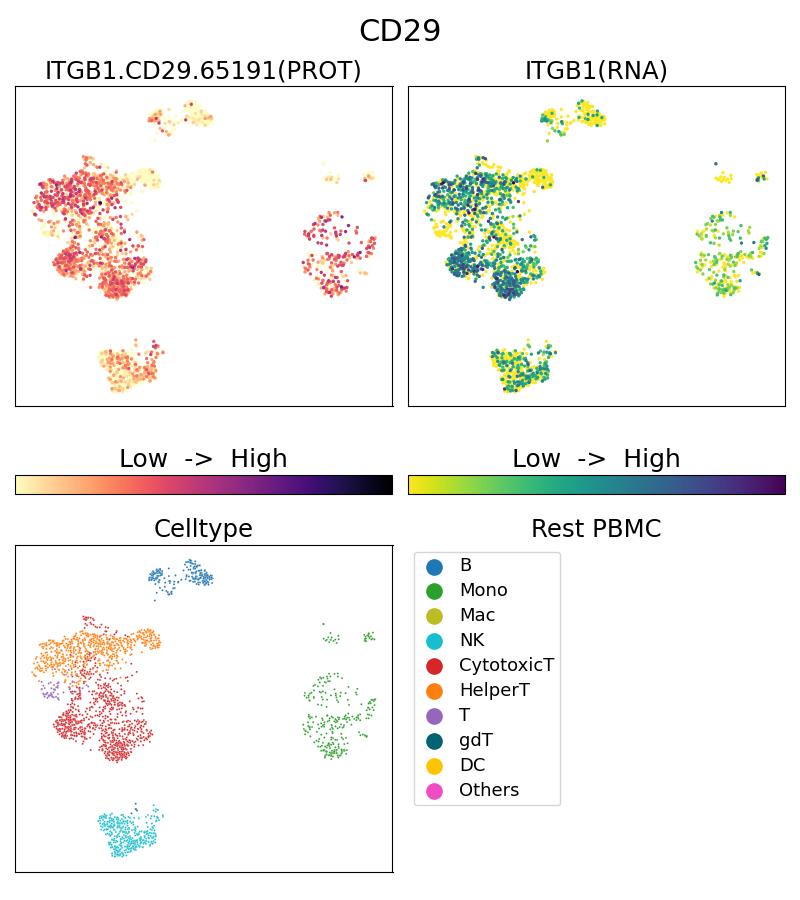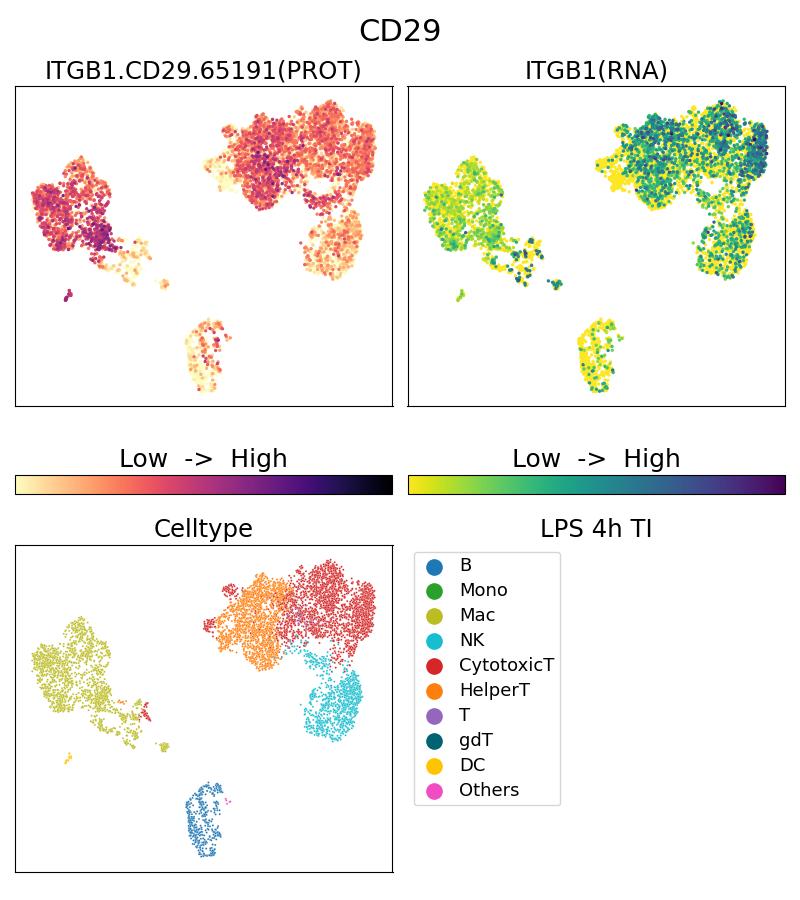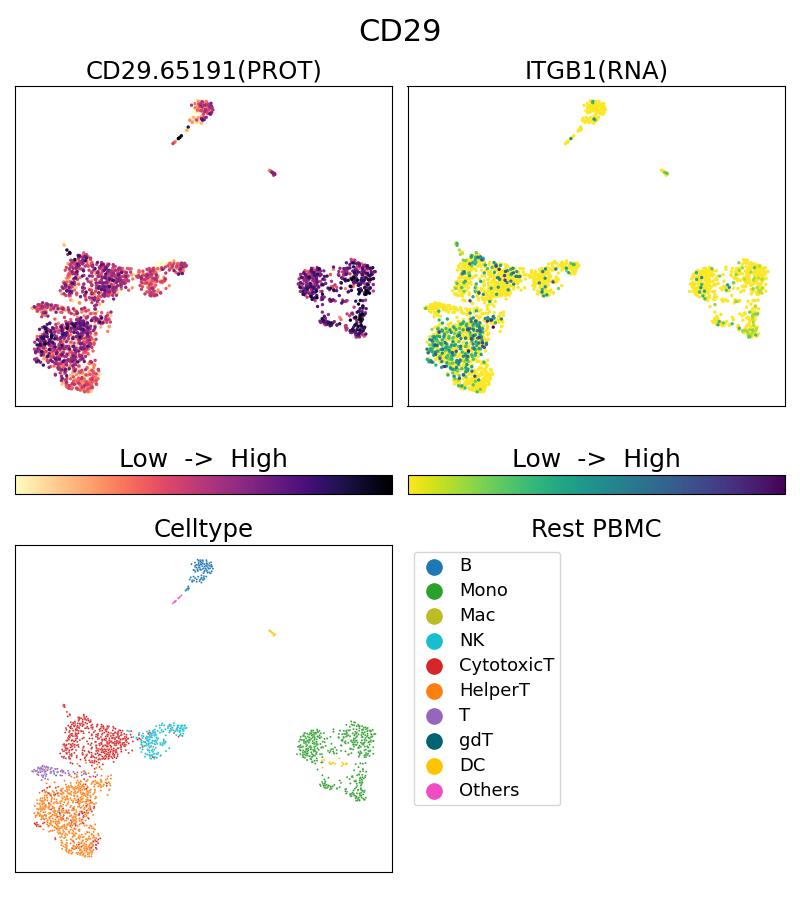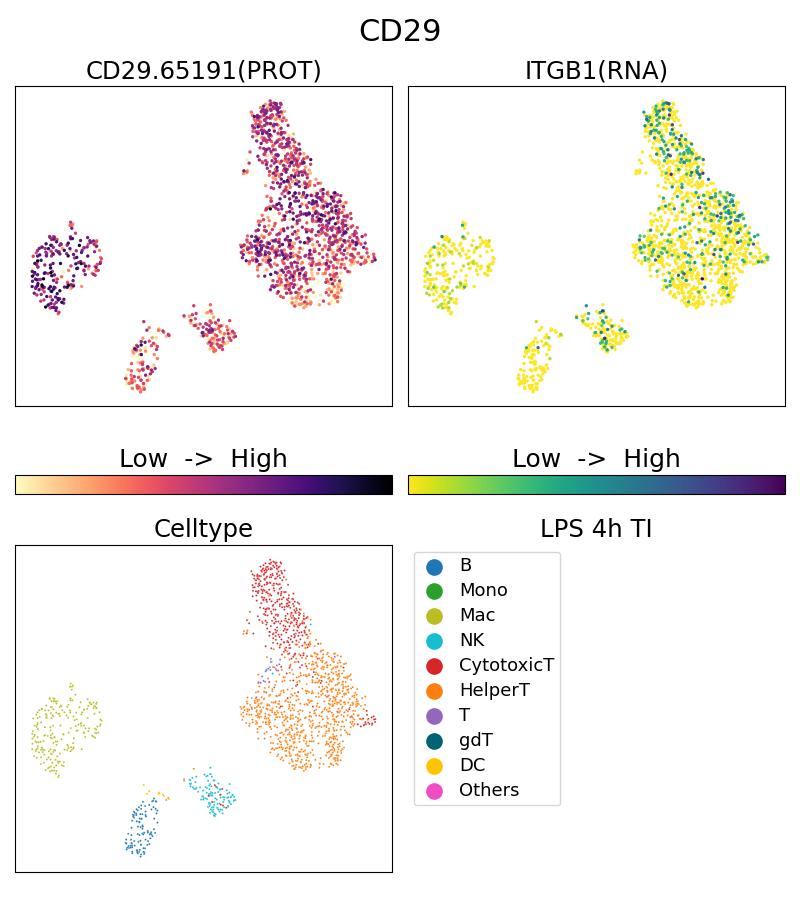CD29 Monoklonaler Antikörper
CD29 Monoklonal Antikörper für Single Cell (Intra), Single Cell
Wirt / Isotyp
Maus / IgG1, kappa
Getestete Reaktivität
human
Anwendung
Single Cell (Intra), Single Cell
Konjugation
5CFLX Fluorescent Dye
CloneNo.
TS2/16
Kat-Nr. : G65191-1-5C
Synonyme
Geprüfte Anwendungen
| Erfolgreiche Detektion in Single Cell (Intra) | 10x Genomics Gene Expression Flex with Feature Barcodes and Multiplexing product |
| Erfolgreiche Detektion in Single Cell | 10x Genomics Gene Expression Flex with Feature Barcodes and Multiplexing product |
Empfohlene Verdünnung
| Anwendung | Verdünnung |
|---|---|
| SINGLE CELL (INTRA) | SINGLE CELL (INTRA) : <0.5ug/test |
| SINGLE CELL | SINGLE CELL : <0.5ug/test |
| It is recommended that this reagent should be titrated in each testing system to obtain optimal results. | |
| Sample-dependent, check data in validation data gallery | |
Produktinformation
G65191-1-5C bindet in Single Cell (Intra), Single Cell CD29 und zeigt Reaktivität mit human
| Getestete Reaktivität | human |
| Wirt / Isotyp | Maus / IgG1, kappa |
| Klonalität | Monoklonal |
| Typ | Antikörper |
| Immunogen | k.A. |
| Vollständiger Name | integrin, beta 1 (fibronectin receptor, beta polypeptide, antigen CD29 includes MDF2, MSK12) |
| Berechnetes Molekulargewicht | 88 kDa |
| GenBank-Zugangsnummer | BC020057 |
| Gene symbol | Integrin beta 1 |
| Gene ID (NCBI) | 3688 |
| Konjugation | 5CFLX Fluorescent Dye |
| Form | Liquid |
| Reinigungsmethode | |
| Lagerungspuffer | PBS with 1mM EDTA and 0.09% sodium azide |
| Lagerungsbedingungen | 2-8°C Stable for one year after shipment. 20ul Größen enthalten 0,1% BSA. |
Hintergrundinformationen
Integrin beta-1 (ITGB1), also named as CD29, is a 130 kDa single chain type I glycoprotein that is expressed in a heterodimeric complex with one of six distinct α subunits, comprising the very late activation antigen (VLA) subfamily of adhesion receptors. It is one of the essential surface molecules expressed on human MSC from bone marrow and other sources. The β1 subunit is also broadly expressed on lymphocytes and monocytes, weakly expressed on granulocytes, and not expressed on erythrocytes. These receptors are involved in a variety of cell-cell and cell-matrix interactions.





